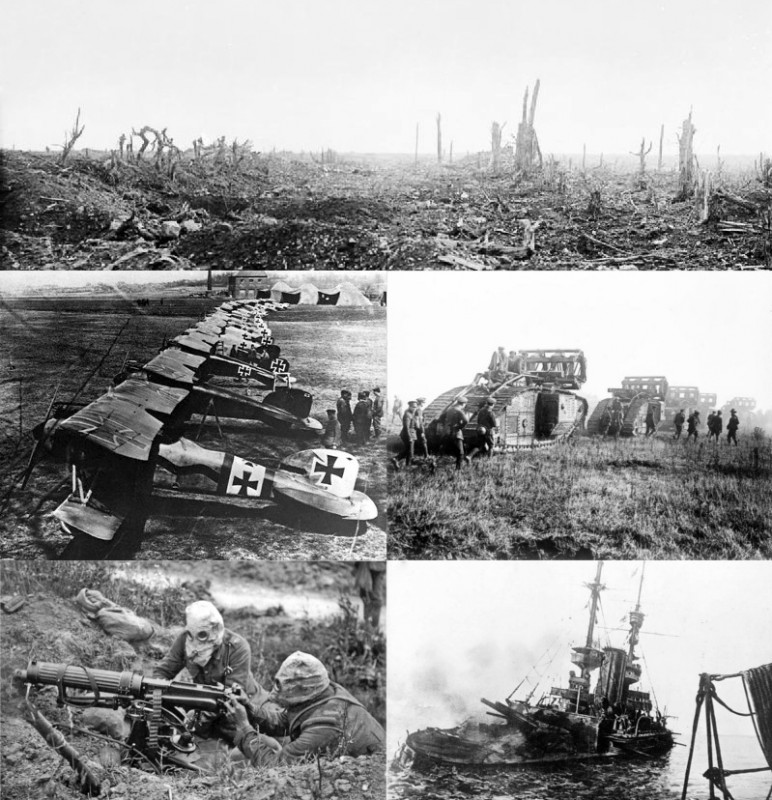A weapon is any tool or device designed to inflict harm, deter, threaten, cause physical damage, or kill. Weapons serve to enhance the effectiveness and efficiency of various activities, including hunting, criminal acts, law enforcement, self-defense, warfare, and even suicide. The concept of a weapon can be broadened to include any means used to gain a tactical, strategic, material, or mental edge over an opponent or target.
Mentioned in this timeline

Radar is a radiodetermination system using radio waves to detect...
World War II - was a global conflict between the...

World War I a global conflict between the Allies and...

The horse scientifically known as Equus ferus caballus is a...
Poison is any chemical substance that can cause harm or...

War is defined as an armed conflict involving the organized...
Trending

2 months ago Timothée Chalamet discusses having children, Kylie Jenner reportedly hurt by his interview comments.
1 month ago Priah Ferguson discusses girlhood, growth, Stranger Things goodbye, and Erica spinoff possibilities.

2 months ago Florence Pugh Addresses Online Abuse Regarding Zach Braff Relationship and its Impact.
3 months ago Johor Regent Seeks Sale of $2.7 Billion Singapore Land Near Botanic Gardens
1 month ago Elijah Wood's Lord of the Rings Salary Revealed: A Look at the $2.9B Legacy

24 days ago Jason Momoa as Lobo: First Look Revealed in Supergirl Concept Art and Trailer
Popular

Stranger Things created by the Duffer Brothers is a popular...

XXXTentacion born Jahseh Dwayne Ricardo Onfroy was a controversial yet...
The Kennedy Center Honors are annual awards recognizing individuals and...
Turning Point USA TPUSA is an American nonprofit organization founded...

Candace Owens is an American conservative political commentator and author...

Bernie Sanders is a prominent American politician currently serving as...